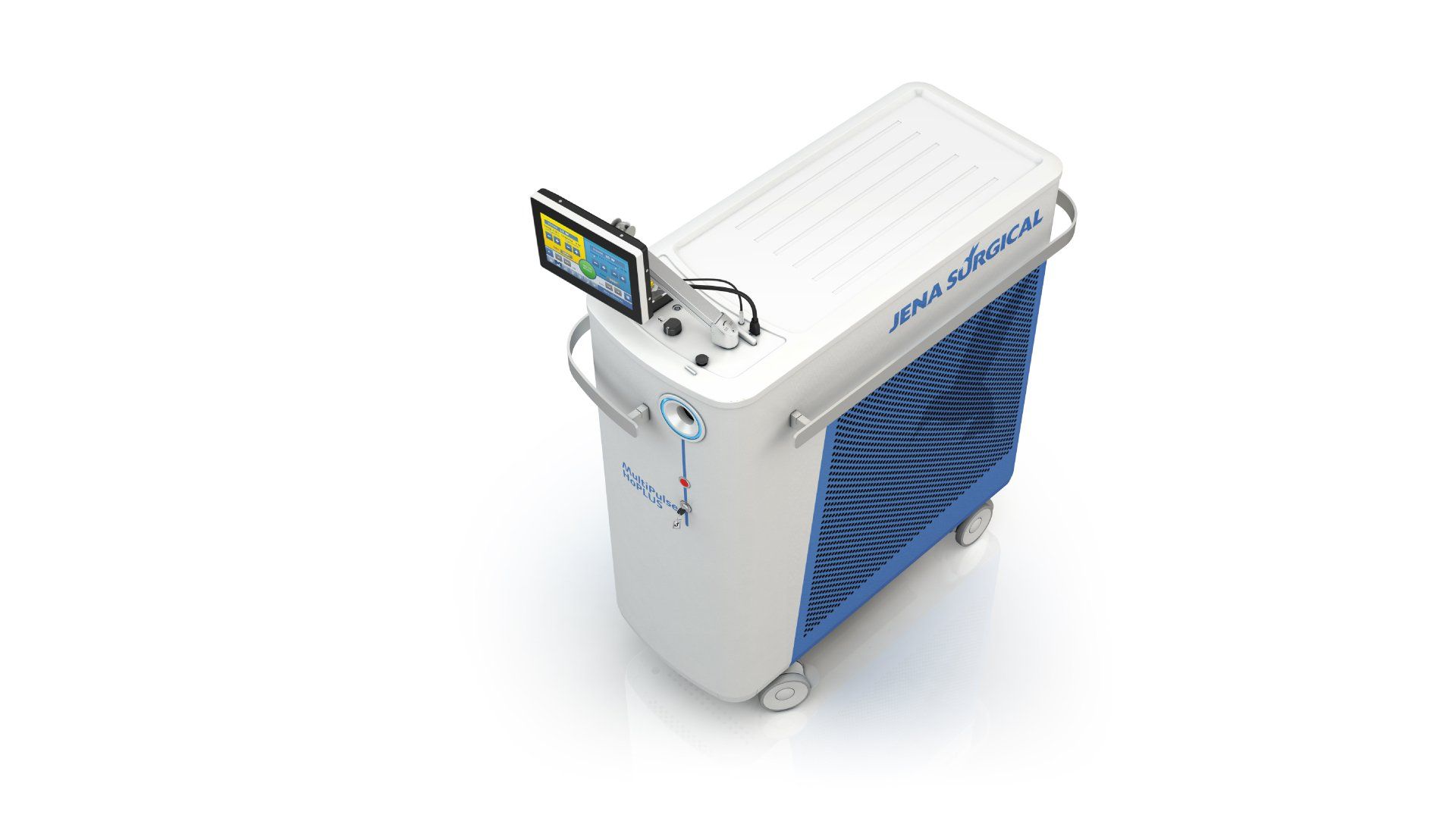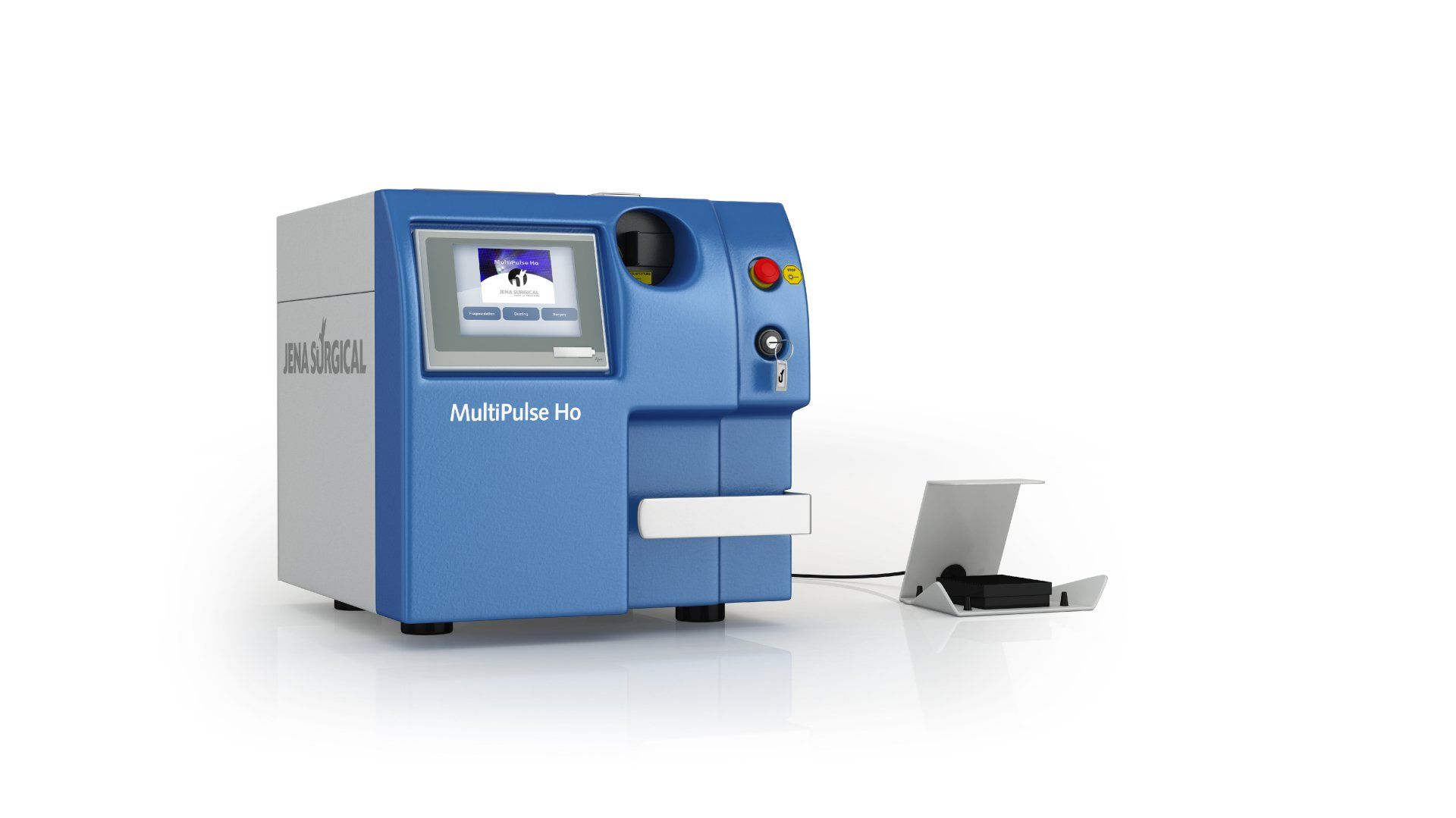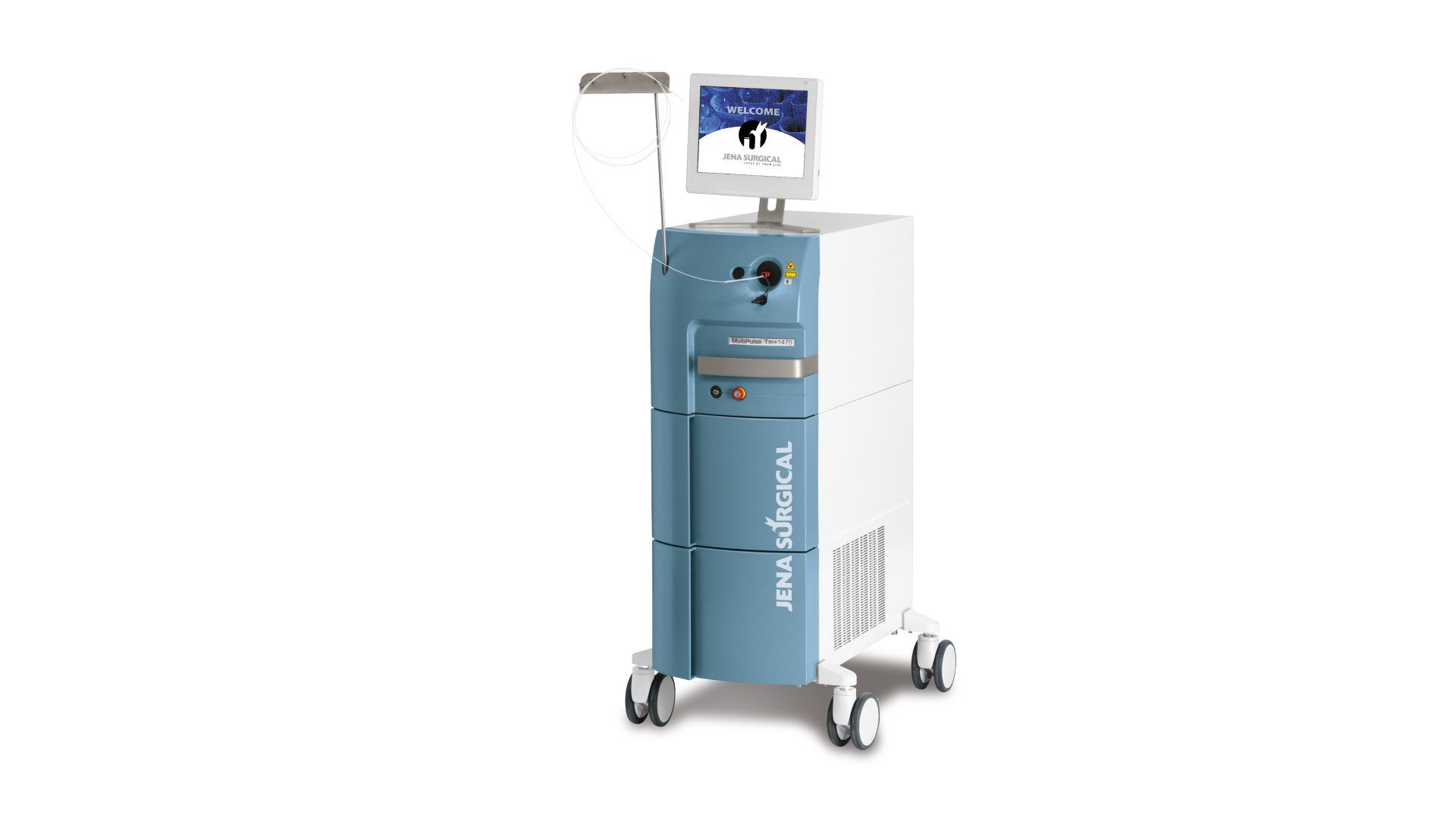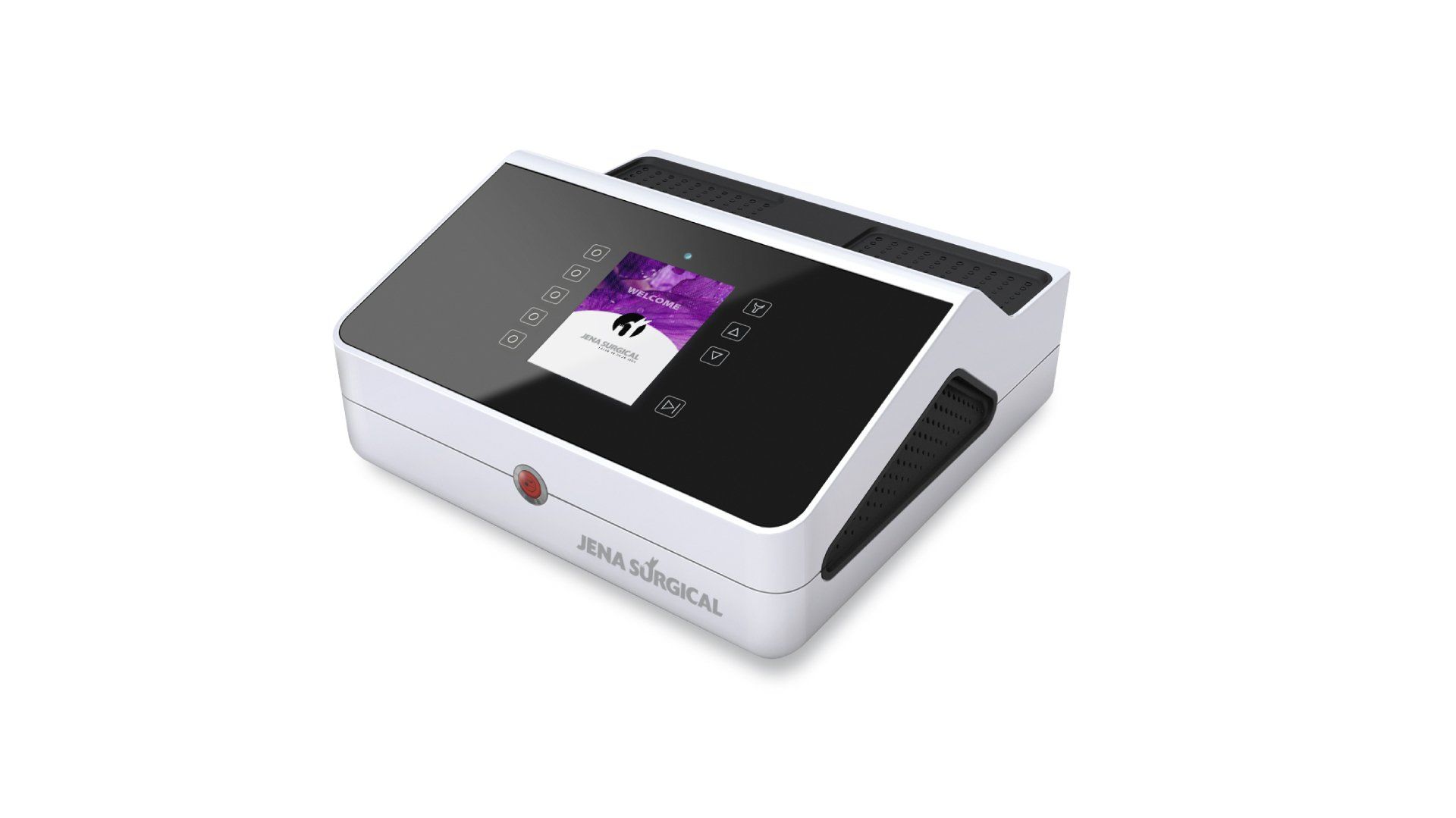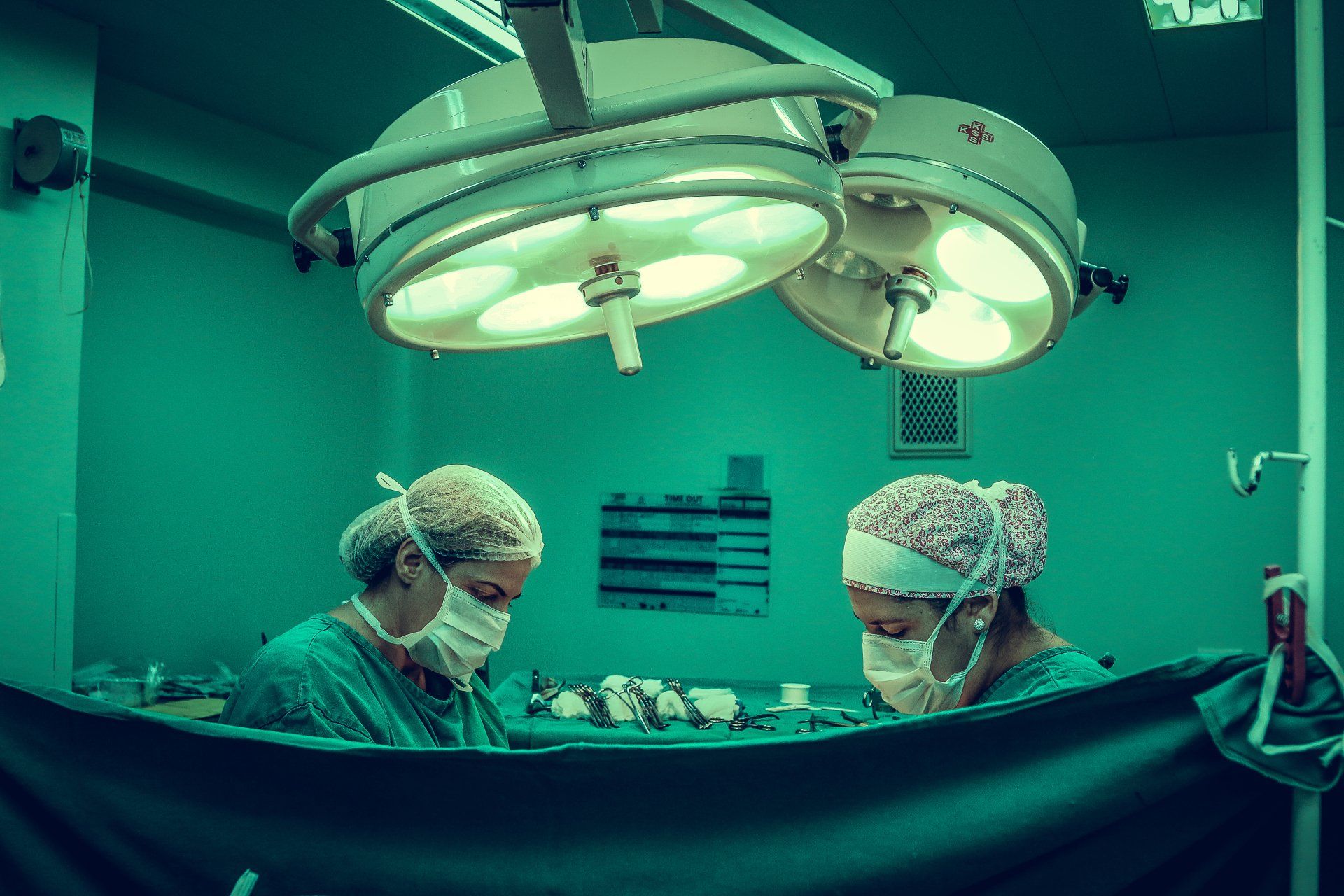GYNAECOLOGY
In gynecological laser surgery the CO₂ and thulium lasers are successfully used for the treatment of many female genital tract diseases with applications in colposcopy and laparoscopy.
These procedures reduce surgical invasiveness and duration, morbidity, damage to surrounding tissue and ensure more rapid healing of patients with lower incidence of complications.
In gynecology, laser surgery is recommended for the treatment of warts (condylomata acuminata) in the anogenital area and dysplasia of the vulva, vagina and cervix (colposcopy) or for intra-uterine and endometrial pathologies (treated with hysteroscopy or laparoscopy, depending on the lesion). In some cases, outpatient procedures with local anaesthesia may be involved with significant cost savings compared to the corresponding procedures in the operating room.
Colposcopy
Used in medicine for over 30 years, a CO₂ laser coupled with a colposcope has become an indispensable tool for the ablation or excision of numerous lesions of the lower genital tract, especially when it is necessary to minimize tissue removal.
Conservative treatments, depending on the lesion to be treated, can involve destructive techniques (CO₂ laser ablation or vaporization) that do not allow to keep a specimen of the histological examination, as well as excision techniques that instead make it possible.
Among the main applications in colposcopy, the treatment of dysplasia and warts of vulva, vagina, perineum and perianal area should certainly be mentioned.
In oncological gynecology, the CO₂ laser is the ideal technology for treating cervical intraepithelial neoplasia (CIN) by vaporization or excisional cone biopsy – in place of the scalpel. The chances of complications with laser cones are very low. Moreover, the histological sample obtained with this method is without artefacts and therefore perfect for examination.
The main features that make it the procedure of choice for CIN include:
• Microscopic accuracy (ability to select the level of ablation with sub-millimetre precision).
• High clinical effectiveness.
• Outpatient methodology or Day Surgery (reduction in health care costs).
• Clean surgical field, without bleeding.
• Minimal damage to healthy tissue surrounding the lesion.
• Rapid healing with minimal scarring, even for the treatment of large lesions.
• Reduced incidence of complications.
Laparoscopy
SmartXide² laser can be coupled with an operative laparoscope for intra-abdominal surgical treatments. The advantage of CO₂ laser in gynecological laparoscopy is the minimal lateral thermal damage and complete control of action depth. The operator can constantly monitor the penetration depth during surgery. This makes the use of the SmartXide² system especially suitable for laparoscopic surgery on critical areas such as those adjacent to the intestine, ureter and bladder.
Both lasers have proven to be particularly effective in the treatment of numerous pathological conditions including:
• Endometriosis
The areas affected by endometriosis can be vaporized or removed by the SmartXide² or MultiPulse Tm+1470 laser. The CO₂ laser, however, remains the one most commonly used and is the most suitable procedure for endometriosis treatment from phase I to IV (classification of the American Fertility Society – AFS ). The main reason is its high safety margin due to precise penetration depth control coupled with the minimal thermal damage to healthy tissue. These characteristics make it particularly suitable for operations in sensitive areas such as those adjacent to the ureter and intestine.
• Adhesion
Pelvic adhesion disease can result from previous infections or after-effects of surgery. Both CO₂ and thulium + raman 1470 laser systems are good choices for adhesiolysis. In particular, they are ideal tools for the lysis of vascular adhesions, because they are able to perform excision and coagulation simultaneously, limiting the trauma of peripheral tissue.
• Uterine fibroids and ovarian fibroids
For the removal of myomas (uterine fibroids) and ovarian fibroids, the CO₂ and thulium + raman 1470 lasers outdo the scalpel and standard electrosurgery procedures in terms of improved hemostasis, decreased tissue trauma and lower incidence of adhesion formation.
Hysteroscopy
MultiPulse Tm+1470 is the laser system that Asclepion Laser Technologies offers for hysteroscopy: equipped with a flexible fiber that can be passed easily through the hysteroscope, it is recommended for the majority of endouterine surgical procedures.
The most common treatments that can be performed with MultiPulse Tm+1470 include the removal of fibroids and polyps, resection of uterine septum, lysis of intrauterine adhesions and endometrial ablation.
Compared to the abdominal surgery approach, the main advantages of operative hysteroscopy lie in the operation execution speed, limited blood loss, absence of abdominal and uterine scars, minimal morbidity, absence of reduction in intra-uterine volume and finally lower health care costs.
